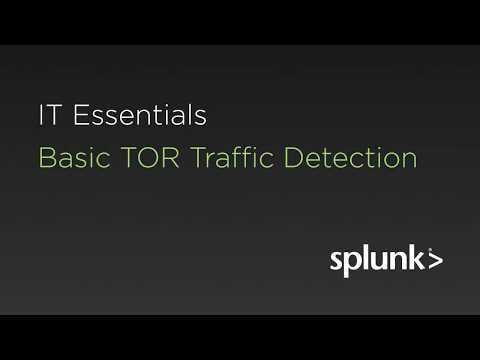- Can I use upgrade-insecure-requests?
- What does upgrade-insecure-requests do?
- What is an insecure header?
- How do I add CSP to meta tag?
- What is the difference between CSP upgrade insecure requests and Hsts?
- Should I allow unsafe eval?
- What is non authoritative reason?
- What is upgrade insecure requests 1?
- Should I enable strict transport security?
- How do you unsafely treat insecure origin as secure?
- Is it safe to download from insecure website?
- Can we bypass HSTS?
- What are the disadvantages of HSTS?
- Why is HSTS more secure than HTTPS?
- How to unsafely treat insecure origin as secure chromium?
Can I use upgrade-insecure-requests?
The “upgrade-insecure-requests” Content Security Policy header is used to tell browsers to request things using HTTPS rather than HTTP. It is sometimes referred to as a way to automatically fix mixed content issues when migrating to HTTPS. It can be used as a http header or as a page level meta tag.
What does upgrade-insecure-requests do?
The HTTP Content-Security-Policy (CSP) upgrade-insecure-requests directive instructs user agents to treat all of a site's insecure URLs (those served over HTTP) as though they have been replaced with secure URLs (those served over HTTPS).
What is an insecure header?
The HTTP header Upgrade-Insecure-Requests is a request type header. It sends a signal to the server expressing the client's preference for an encrypted and authenticated response, and it can successfully handle the upgrade-insecure-requests HTTP headers Content-Security-Policy directive.
How do I add CSP to meta tag?
The meta tag must go inside a head tag. The CSP policy only applies to content found after the meta tag is processed, so you should keep it towards the top of your document, or at least before any dynamically generated content.
What is the difference between CSP upgrade insecure requests and Hsts?
A big difference being that the upgrade-insecure-requests will only apply to elements on the specific page that returned the 'upgrade-insecure-requests' header. HSTS will apply on the initial page load. HSTS also applies to a domain, whereas 'upgrade-insecure-requests' applies to all resources on the web page.
Should I allow unsafe eval?
'unsafe-eval' allows the application to use the eval() JavaScript function. This reduces the protection against certain types of DOM-based XSS bugs, but makes it easier to adopt CSP. If your application doesn't use eval() , you can remove this keyword and have a safer policy.
What is non authoritative reason?
The Non-Authoritative-Reason : HSTS returned in the response is not something you have configured, but rather Chrome itself. Since Chrome hijacks the request, Chrome will also add this particular header to tell HSTS is enabled. Looking at the network tab, you will see the fake 307 response with this header set.
What is upgrade insecure requests 1?
The HTTP Upgrade-Insecure-Requests request header sends a signal to the server expressing the client's preference for an encrypted and authenticated response, and that it can successfully handle the upgrade-insecure-requests CSP directive.
Should I enable strict transport security?
Why Enable HTTP Strict Transport Security (HSTS)? Enabling HSTS will revoke SSL protocol attacks and cookies hijacking. It will also allow websites to load faster by removing a step in the loading procedure. As you might know that HTTPS is a massive improvement over HTTP, and it is not vulnerable to being hacked.
How do you unsafely treat insecure origin as secure?
You can use chrome://flags/#unsafely-treat-insecure-origin-as-secure to run Chrome, or use the --unsafely-treat-insecure-origin-as-secure="http://example.com" flag (replacing "example.com" with the origin you actually want to test), which will treat that origin as secure for this session.
Is it safe to download from insecure website?
If you download something from the site, however, it can come from an insecure address or even a secure address that happens to host malware. As a result, the content you download from the site has the potential to be infected with malware.
Can we bypass HSTS?
Unlike other HTTPS errors, HSTS-related errors cannot be bypassed. This is because the browser has received explicit instructions from the browser not to allow anything but a secure connection.
What are the disadvantages of HSTS?
HSTS cannot prevent a MITM attack on the first visit to a website. An attacker conducting a MITM attack on the initial connection can successfully man in the middle the victim if the very first plain text session is hijacked. HSTS can be issued over HTTPS only.
Why is HSTS more secure than HTTPS?
HSTS protects HTTPS web servers from downgrade attacks. These attacks redirect web browsers from an HTTPS web server to an attacker-controlled server, allowing bad actors to compromise user data and cookies.
How to unsafely treat insecure origin as secure chromium?
In Google Chrome, you simply type into the address bar, "chrome://flags", and search for, "--unsafely-treat-insecure-origin-as-secure", enable that flag, and enter into the field below (multiples may be entered separated by a comma) the domain you wish to treat as secure.
 Torgeek
Torgeek



